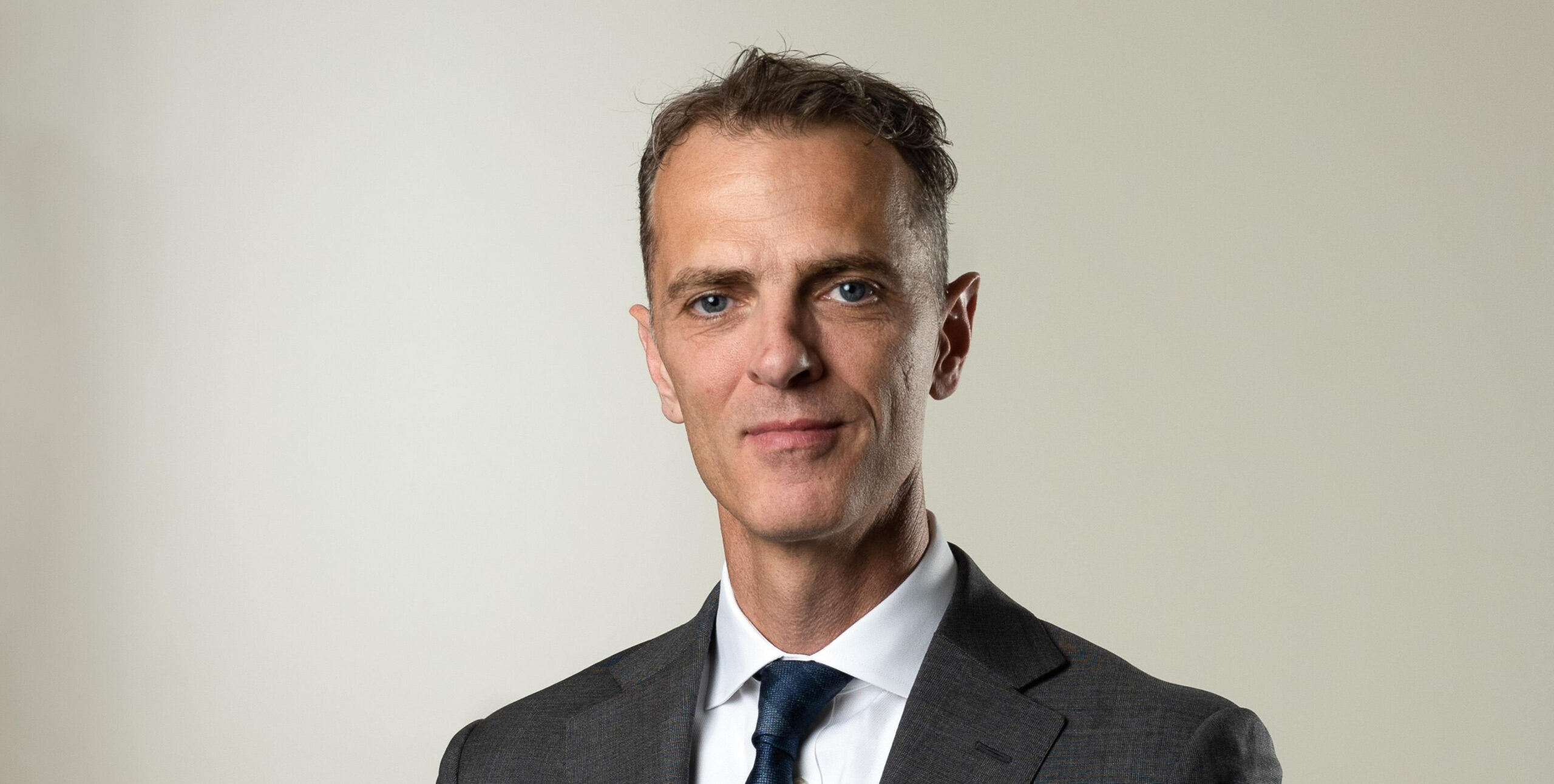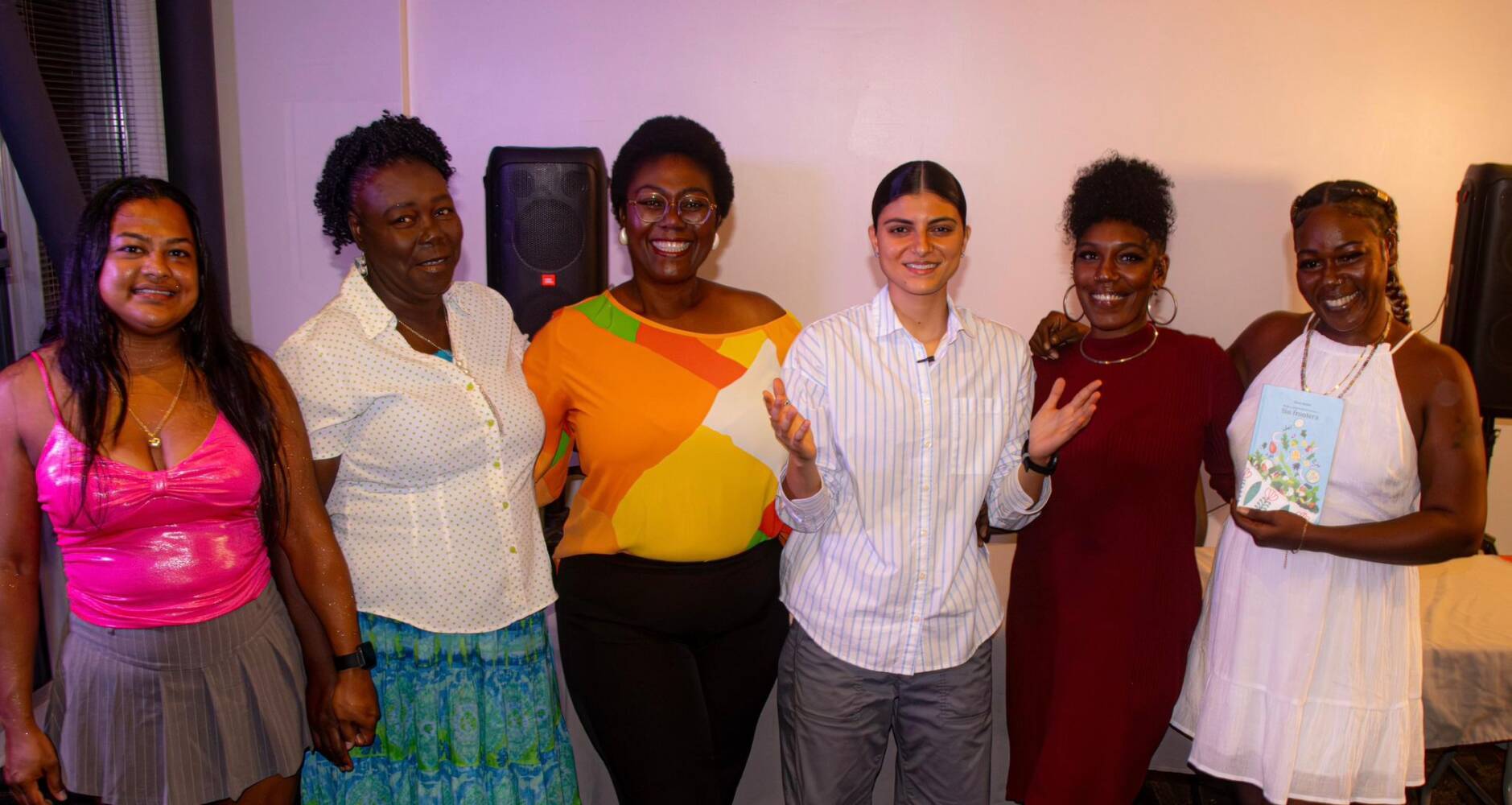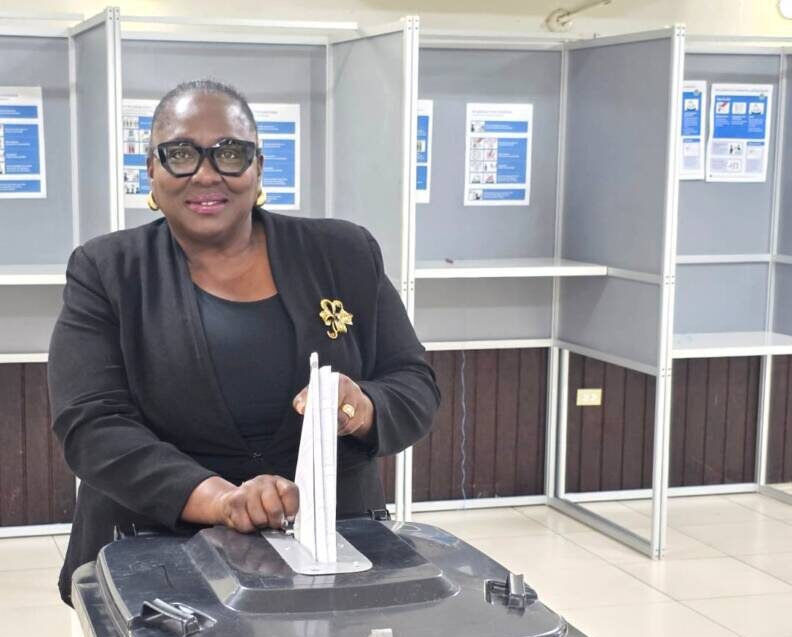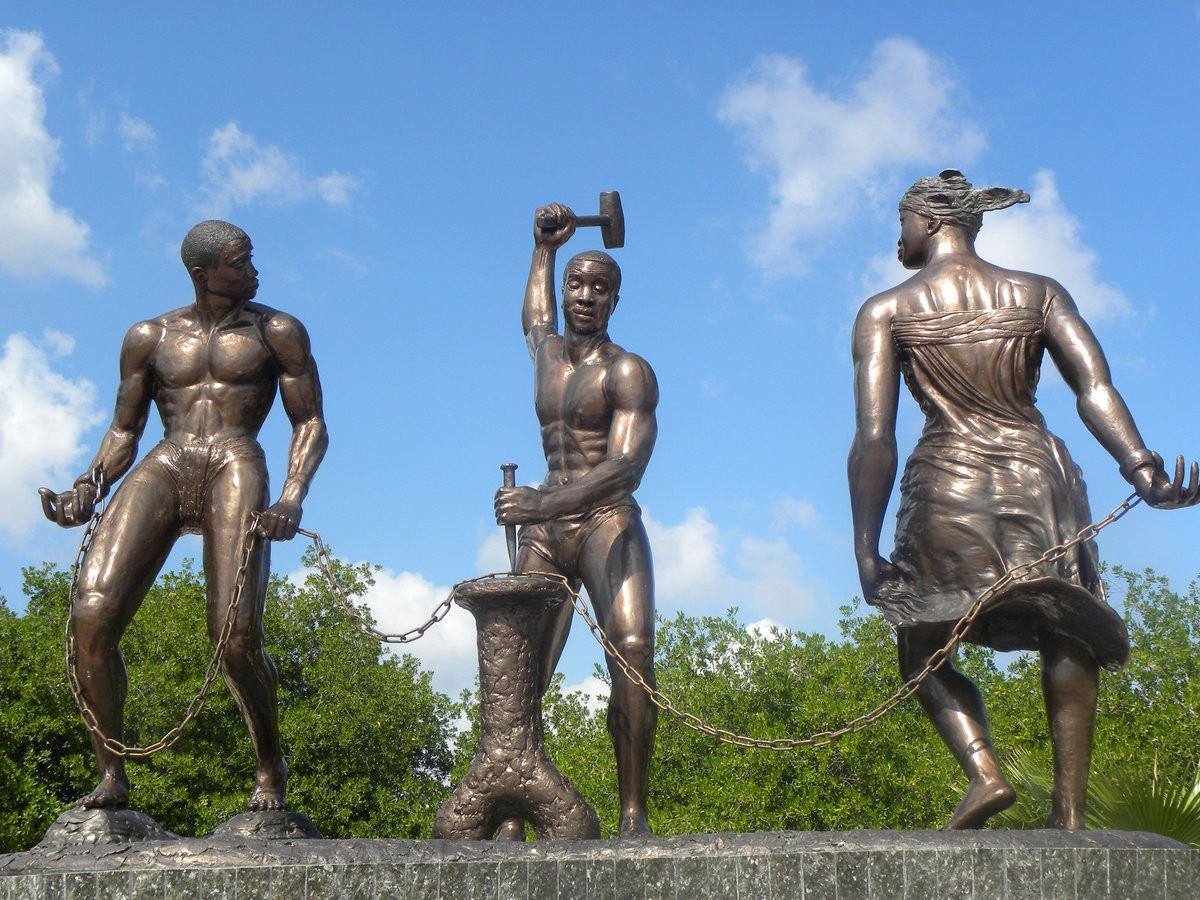PHILIPSBURG – “The economy of Sint Maarten is not big enough to support its own central bank,” said the president of the Central Bank of Curaçao and Sint Maarten, Richard Doornbosch.
Doornbosch was appointed director of the Central Bank of Curaçao and Sint Maarten CBCS) a year ago. A year dominated by the effects of Covid-19. He recently gave a presentation of the annual figures for 2020 in successively Sint Maarten and Curaçao.
Since 2010, Curaçao and Sint Maarten have shared a Central Bank and a monetary union and there have been dissatisfied voices about this for just as long, especially on Sint Maarten. Sint Maarten would pay too much for the foreign exchange reserves of the Central Bank and too little would be returned, according to several politicians on the island.
Doornbosch has heard those sounds too. In a conversation with the Caribbean Network, he responds to the complaint that Sint Maarten would contribute most to the bank’s foreign exchange reserves because of its dominant tourism sector. Doornbosch: “In general, the economy of Curaçao accounts for 80 percent of the foreign exchange reserves and that of Sint Maarten for 20 percent.”
The difference in the size of the two islands is a ratio of 4:1 and he therefore expects the foreign exchange ratio to be the same. “It may be that Sint Maarten pays slightly more than 20 percent, but in other years it is less.” Curaçao is the larger financial centre, Doornbosch emphasizes.
‘Sharing the monetary union also means sharing responsibilities’ – Richard Doornbosch
When it comes to sharing a monetary union, Doornbosch indicates that the population of Sint Maarten is very small, which means that “the economy is not big enough to support its own central bank.” He goes on to say that responsibilities, such as overseeing the integrity of financial institutions and maintaining payment systems, “require certain expertise, which is not always available in every country.”
By sharing the monetary union, the responsibilities are borne by both countries. “There isn’t much in terms of trade integration, but in terms of financial integration there are plenty of similarities because many of the banks in Curaçao are also active in Sint Maarten.”
Still a Caribbean guilder?
Ten years after the end of the Netherlands Antilles, Curaçao and Sint Maarten still use the Antillean Guilder as their official currency. There have been plans since 10-10-10 to introduce the Caribbean Guilder.
Debates on the pros and cons of dollarization are scheduled for September and October of this year. Depending on the decisions taken by the governments of Curaçao and Sint Maarten, the CBCS is considering introducing the Caribbean Guilder as a currency.
Although technically the decision has already been made, it has never been implemented. The CBCS will roll out the new currency after the debates, at least if no other decision is taken. CBCS expects to have the currency on the market in 2023 or 2024. The Central Bank will provide an update on the launch of the new currency by then.
Richard Doornbosch
Richard Doornbosch (1973) studied monetary economics and business economics at the University of Groningen and has been deputy administrator at the International Monetary Fund (IMF) in Washington D.C. since 2016. Since August 7, 2020, he has been president of the Central Bank of Curaçao and Sint Maarten.








